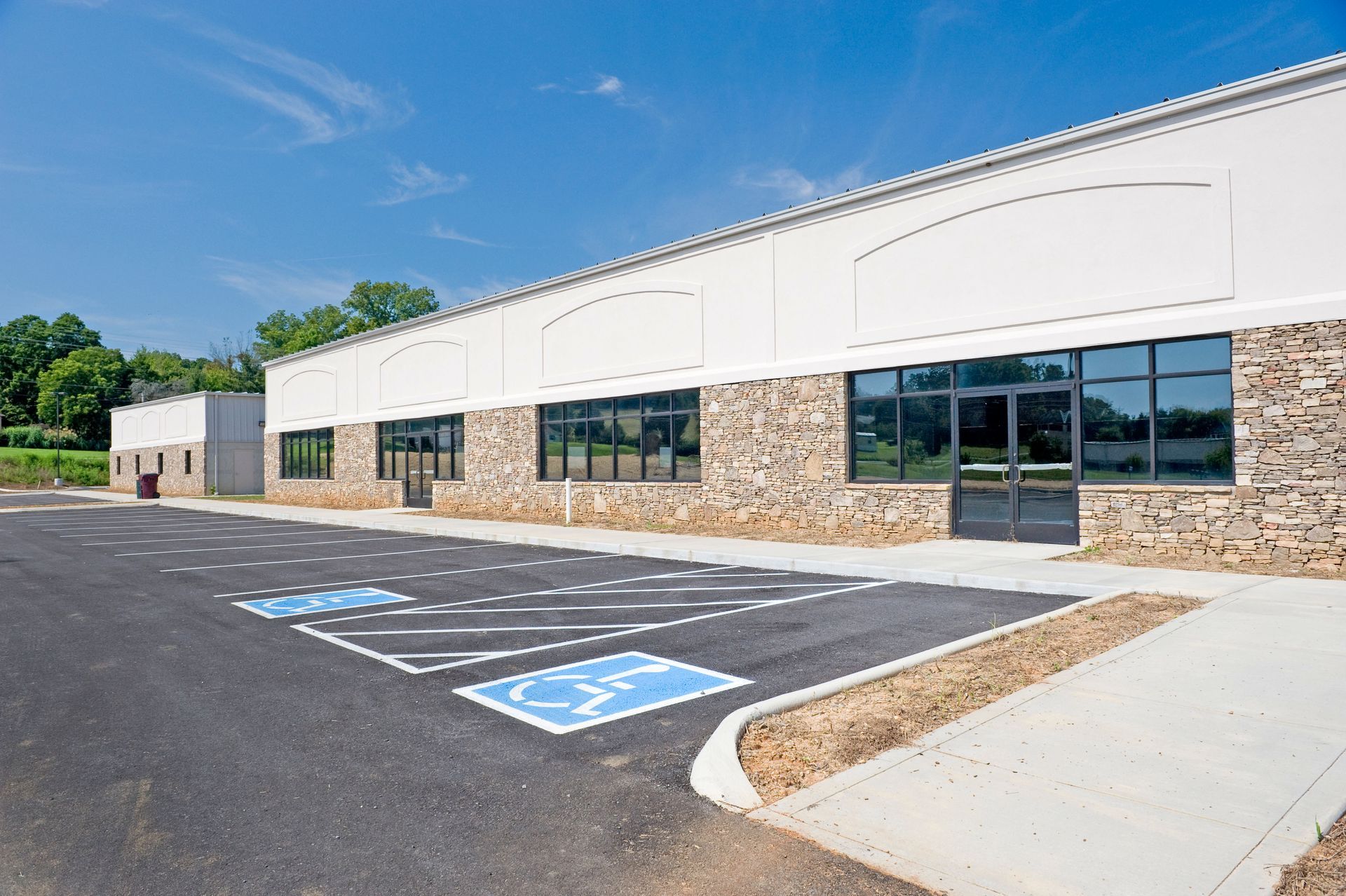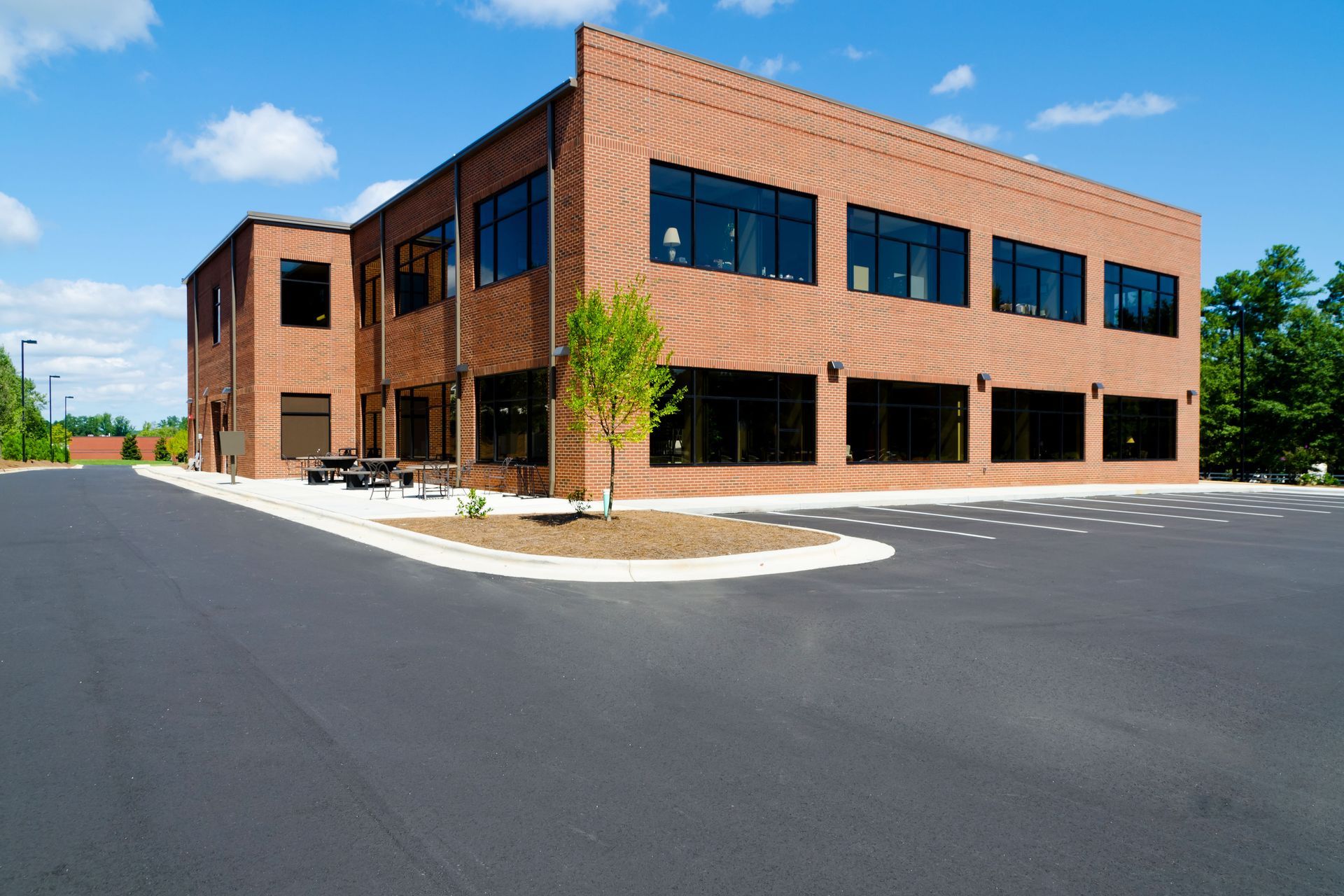6 Ways Asphalt Striping Contributes to ADA Compliance in Parking Lots
Creating an accessible parking lot is more than just laying pavement; it's about ensuring inclusivity, safety, and compliance with legal standards. One of the most important elements that supports this effort is asphalt striping. When done correctly, striping keeps traffic organized, designates required spaces, and ensures full compliance with the Americans with Disabilities Act (ADA). For property managers and business owners, understanding how asphalt striping contributes to accessibility is key to building a safe and welcoming environment.
1. Designate Handicap-Accessible Parking Spaces
The most obvious way asphalt striping supports ADA compliance is by marking handicap-accessible parking spaces. ADA regulations require a specific number of accessible spaces depending on the lot's total capacity, and each must be clearly striped with the International Symbol of Accessibility. This not only ensures legal compliance but also demonstrates a commitment to inclusivity by giving individuals with disabilities convenient access to entrances. Without clear striping, businesses risk penalties and, more importantly, create unnecessary challenges for people who rely on these designated spots.
2. Maintain Proper Dimensions
ADA guidelines specify the width and length of accessible parking spaces, including extra room for side-mounted lifts or ramps. If striping is faded, poorly executed, or inaccurate, these dimensions can easily fall out of compliance. Precise markings keep spaces within the required measurements and ensure vehicles can maneuver safely. According to HomeGuide, a well-maintained striping job can last two to five years before requiring a fresh coat, but weather exposure, traffic volume, and paint quality impact the longevity. That means property owners should regularly monitor their striping to keep these spaces accurate and compliant.
3. Enhance Pedestrian Pathways and Safety
Beyond parking spaces, asphalt striping plays a major role in separating pedestrian walkways from vehicular traffic. ADA standards require clear and designated pathways to minimize risks and improve navigation for all users. Crosswalks, loading zones, and no-parking areas are easier to identify when properly striped, reducing the chances of accidents. By improving visibility and creating predictable patterns, striping protects both pedestrians and drivers while ensuring compliance. The added organization also makes parking lots easier to navigate, reducing confusion for new visitors.
4. Improve Visibility with High-Contrast Markings
Visibility is critical for ADA compliance. Clear, high-contrast striping ensures that all drivers and pedestrians, including those with visual impairments, can easily recognize parking lot markings. Reflective paint adds another layer of safety, particularly in low-light conditions or during nighttime use. If markings are dull, faded, or inconsistent, compliance can quickly come into question. High-quality asphalt striping materials not only improve safety but also reduce the frequency of re-striping, saving property owners money in the long term while keeping them compliant.
5. Incorporate Signage Alongside Striping
While asphalt striping lays the foundation for accessibility, signage ensures that regulations are clearly communicated. Every accessible parking space must have appropriate signs placed at the correct height to indicate restrictions and reinforce striping. The combination of visible paint markings and properly installed signage helps eliminate confusion, supports ADA standards, and guides drivers to follow the rules. Without both elements working together, parking lots may fail inspections or, worse, prevent individuals with disabilities from safely accessing the property.
6. Support Long-Term ADA Compliance
Asphalt striping isn't a one-time job; it requires upkeep to remain effective. Harsh weather, high traffic, and normal wear gradually fade lines, making them harder to see. When this happens, ADA compliance can slip, putting businesses at risk for fines or lawsuits. Regular maintenance ensures that designated spaces, pathways, and safety zones remain clear and effective. For property managers, scheduling re-striping as part of routine parking lot maintenance is the best way to avoid issues and protect both visitors and the business itself.
A well-designed and properly maintained parking lot shows that a business cares about accessibility, safety, and professionalism. Asphalt striping may seem like a small detail, but it carries major implications for ADA compliance and the overall customer experience. By prioritizing high-quality materials, regular maintenance, and proper signage, property owners can create spaces that are safe, compliant, and welcoming for everyone.
If you're ready to improve your parking lot, Alto Construction is here to help. With over 40 years of experience, our team provides asphalt paving,
asphalt striping and signage, and maintenance and resurfacing services throughout Tampa, FL. We understand the importance of ADA compliance and long-lasting results. Contact Alto Construction today to schedule a consultation and learn how we can keep your parking lot safe, organized, and fully accessible.











Share On: